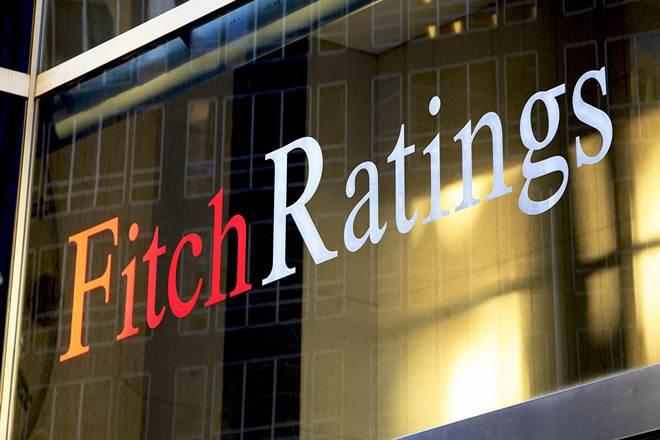Publisher: Maaal International Media Company
License: 465734
Saudi, UAE banking sectors face contrasting liquidity dynamics
The Saudi and UAE banking sectors face contrasting liquidity dynamics, Fitch Ratings says in a new report. We expect Saudi banks’ funding costs will ease due to SAR50 billion of liquidity injections from the Central Bank of Saudi Arabia in June 2022, with more likely to follow to support strong loan growth. UAE liquidity conditions are more supportive, helped by modest loan growth. The contrast in liquidity conditions is illustrated by the sector loan-to-deposit ratios, with the Saudi ratio at its highest level for at least 15 years and the UAE ratio at its lowest level for more than a decade.
We expect higher oil prices and rising interest rates to lead to strengthening profitability for Saudi and UAE banks in 2022–2023. We calculate that a 200bp increase in interest rates would boost Fitch-rated Saudi banks’ operating profit by 14%, and their operating profit/risk-weighted assets ratio (our core profitability metric) by 50bp, on average, based on the banks’ 2021 interest-rate sensitivities. For Fitch-rated UAE banks, the respective figures are 11% and 40bp.
The average net interest margin (NIM) for Fitch-rated UAE banks contracted by 50bp during the last monetary tightening cycle in 2015–2018, due to tight liquidity conditions. However, liquidity conditions are considerably more favourable this time, underpinned by the higher oil prices, and we therefore expect UAE banks’ NIMs to widen in 2022–2023.
اقرأ المزيد
UAE banks’ higher proportion of variable-rate mortgages means they can reprice loans faster than Saudi banks when interest rates rise. Partly offsetting this relative disadvantage, Saudi banks have a higher proportion of low-cost current-account or savings account (CASA) deposits, which will not require significant increases to the interest rates paid to customers.









